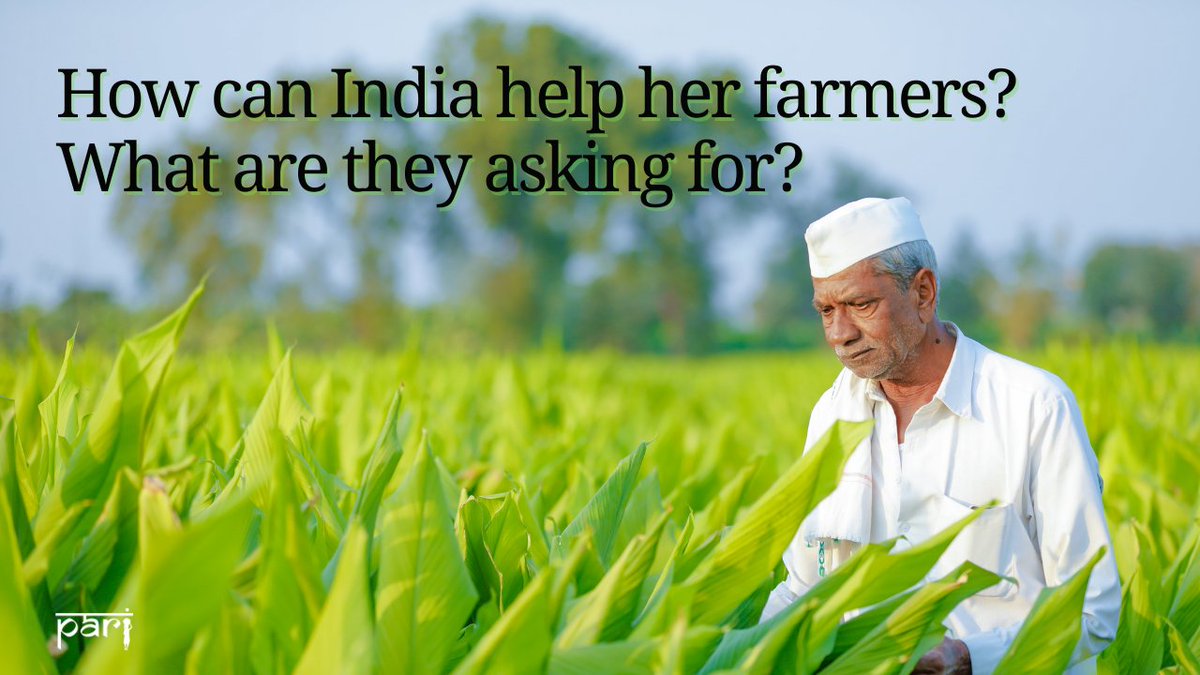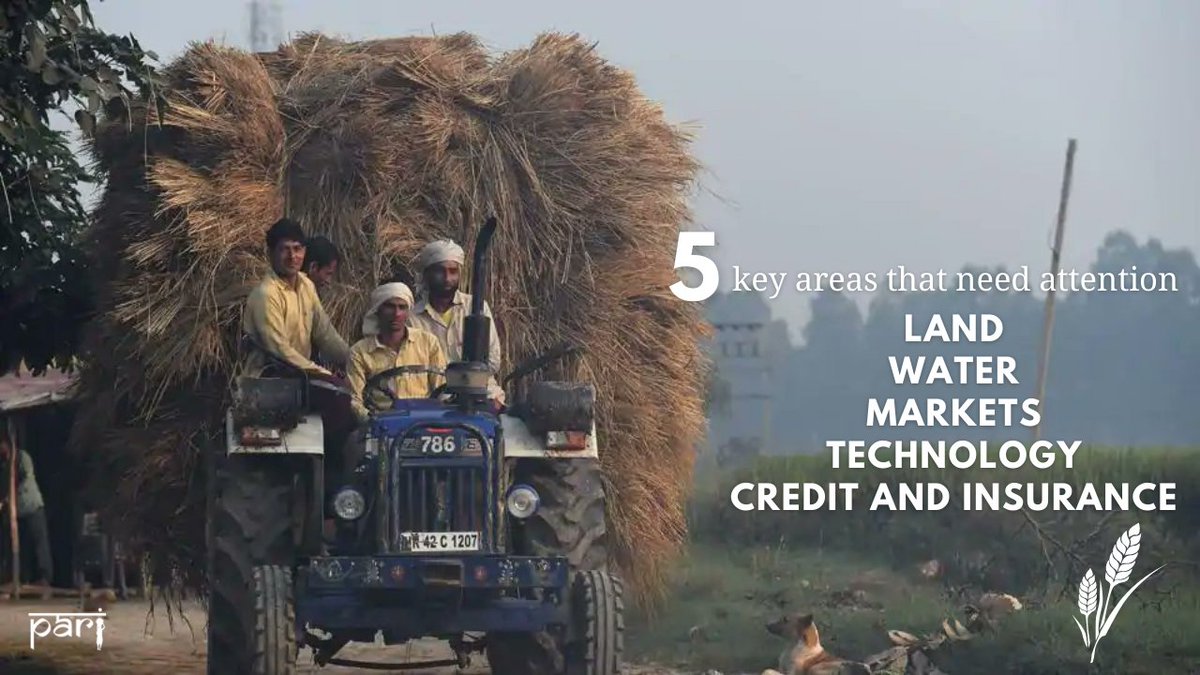
Tens of thousands of pilgrims come from the villages of Telangana and Andhra Pradesh to the Urs of Hazrat Janpak Shaheed – many drawn by an enduring faith in the dargah, some for brisk business at the venue
ruralindiaonline.org/en/articles/th…
ruralindiaonline.org/en/articles/th…
The historic Azhagar festival in Madurai – its last day is today, April 22 – includes a huge procession where some devotees sport colourful costumes. But who their dressmakers are is even more interesting finds @kavithamurali
ruralindiaonline.org/en/articles/go…
ruralindiaonline.org/en/articles/go…
The Koovagam festival in Tamil Nadudraws many transgender persons. They come here to sing, dance, cry and pray – but mostly, to be themselves without fear of ostracism. By @rikhmukherjee
ruralindiaonline.org/en/articles/so…
ruralindiaonline.org/en/articles/so…
At the Niyamgiri plateau in Odisha, the Dongria Kondhs gather for a colourful festival every year. But with ever-present threats of mining, this celebration also speaks of a growing need to protect their homeland. @puruthakur on this indigenous festival
ruralindiaonline.org/en/articles/ga…
ruralindiaonline.org/en/articles/ga…
During the harvest festival in January, Santal women in Chirchirya hamlet in Bihar sing about their way of life while men play the instruments, and there is a feast and some mahua as well reports @24shreya
ruralindiaonline.org/en/articles/th…
ruralindiaonline.org/en/articles/th…
During the 'go-bnadna' festival – a time of earth colours, wall painting, music and games – the Santals of Purulia district in West Bengal offer thanks to their cows
ruralindiaonline.org/en/articles/wh…
ruralindiaonline.org/en/articles/wh…
During the Bonalu festival every year, Posani Ashwin, an auto-parts dealer in Hyderabad, transforms into the Pothuraju, a deity believed to ward off diseases – 'possessed', he blesses and enthralls the crowds
ruralindiaonline.org/en/articles/fu…
ruralindiaonline.org/en/articles/fu…
The jungle goddess of the Sundarbans in West Bengal demands that Hindus and Muslims unite in upholding her pact with the animal kingdom
ruralindiaonline.org/en/articles/ma…
ruralindiaonline.org/en/articles/ma…
The Gajan ritual in West Bengal inverts caste hierarchies, if only for a fortnight. by
ruralindiaonline.org/en/articles/de…
ruralindiaonline.org/en/articles/de…
The Purbannapara community of Makardah village in West Bengal holds an annual 'protijogita' for making the brightest and biggest 'tubri' or firework-candle. By @Madhusree1984 Mukerjee
ruralindiaonline.org/en/articles/th…
ruralindiaonline.org/en/articles/th…
• • •
Missing some Tweet in this thread? You can try to
force a refresh













